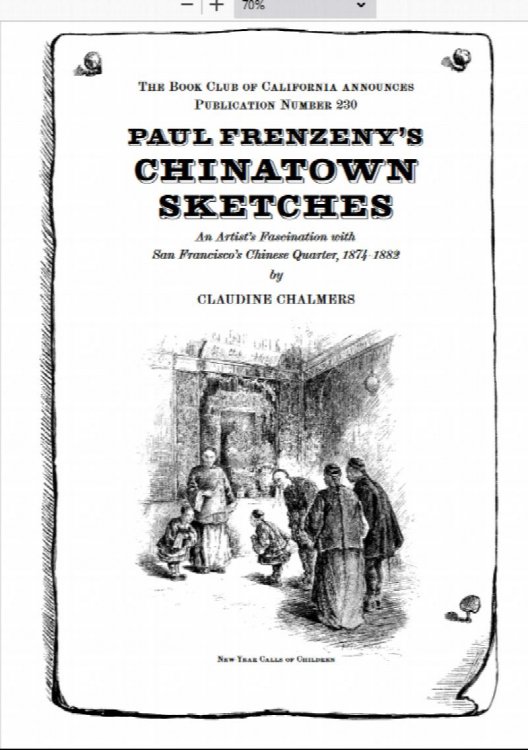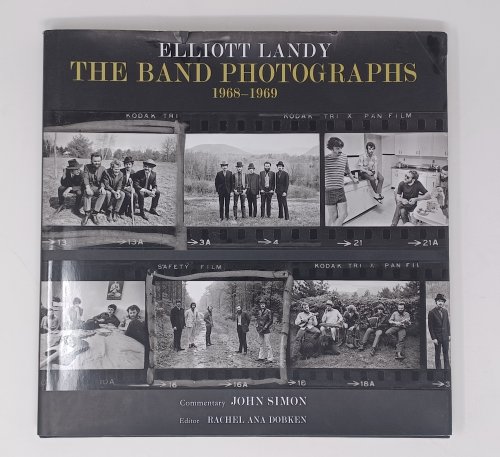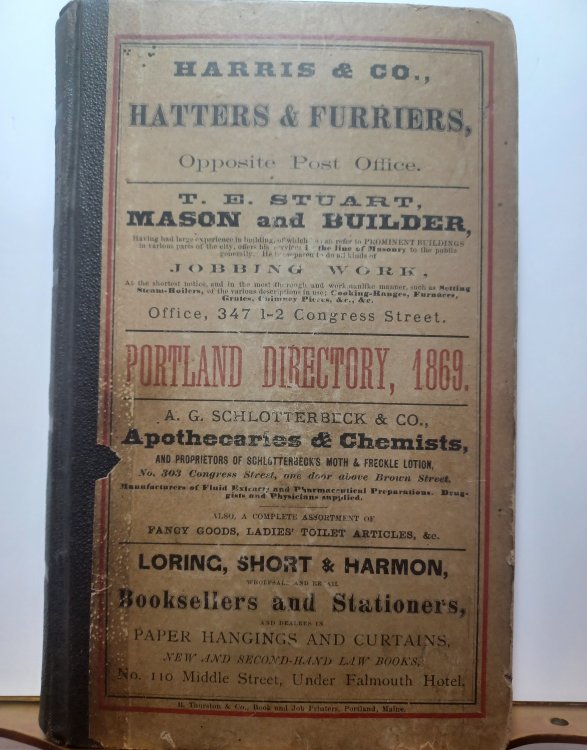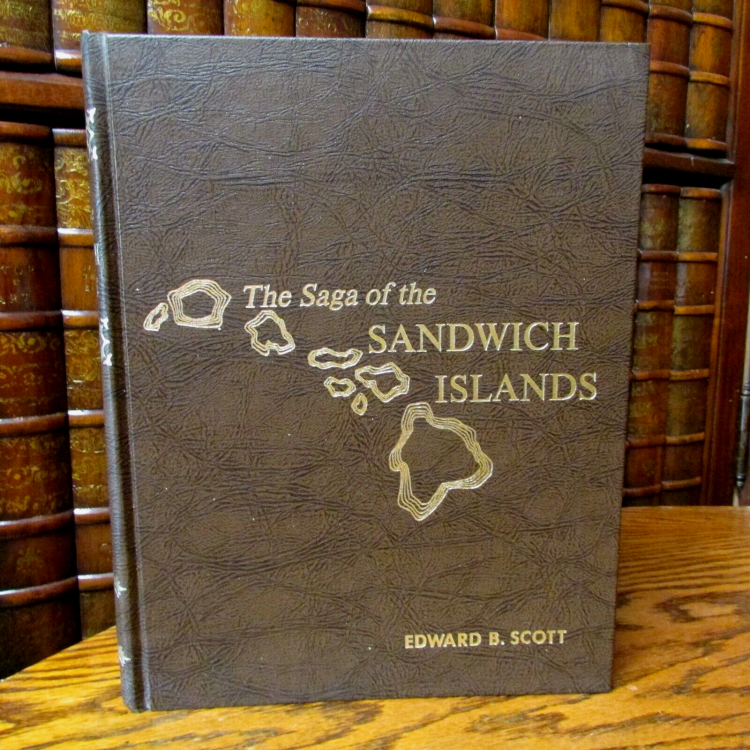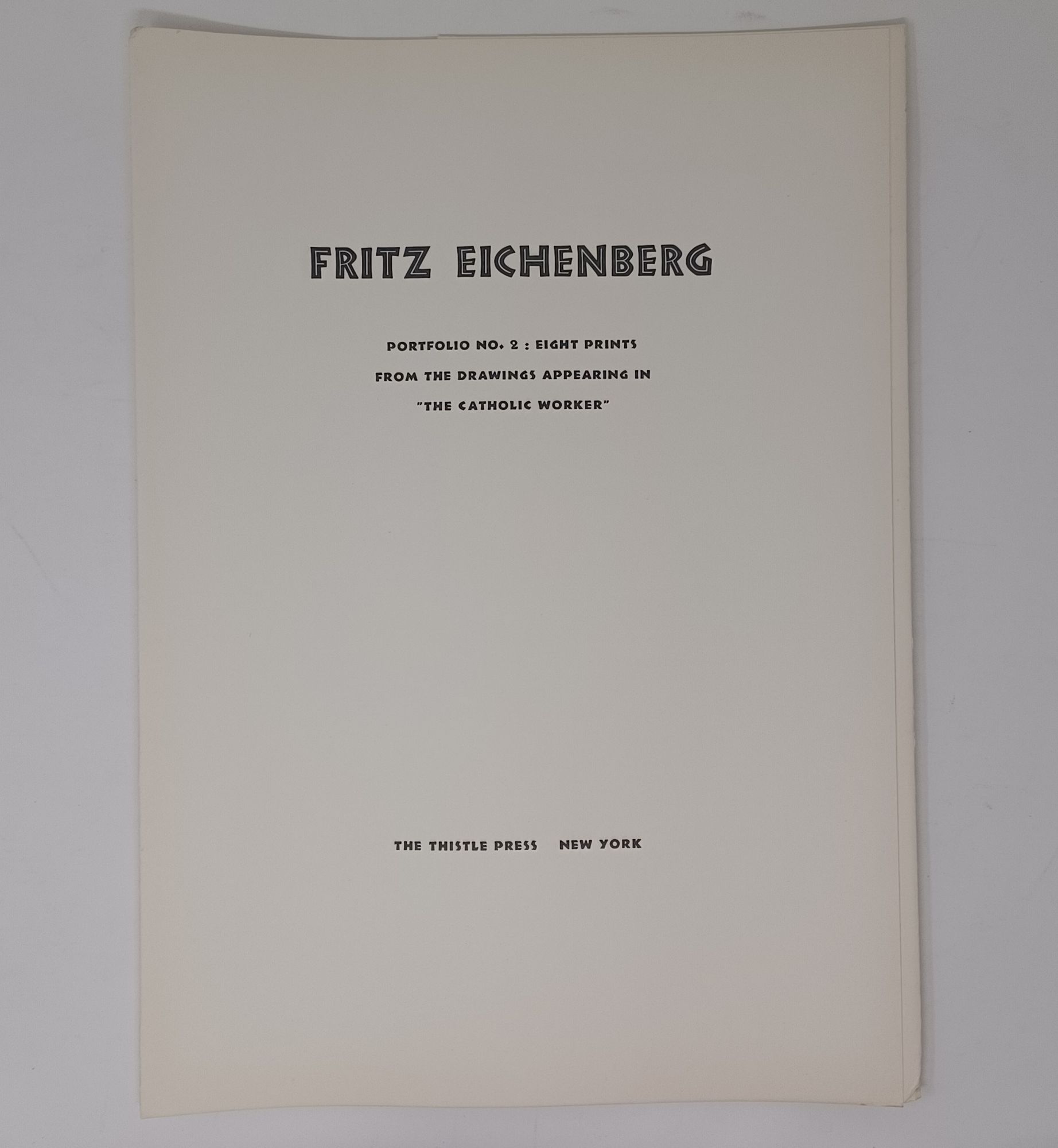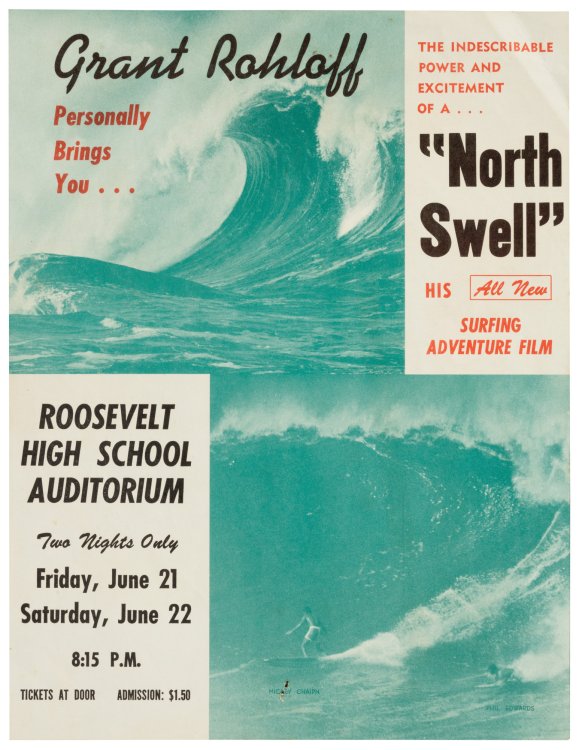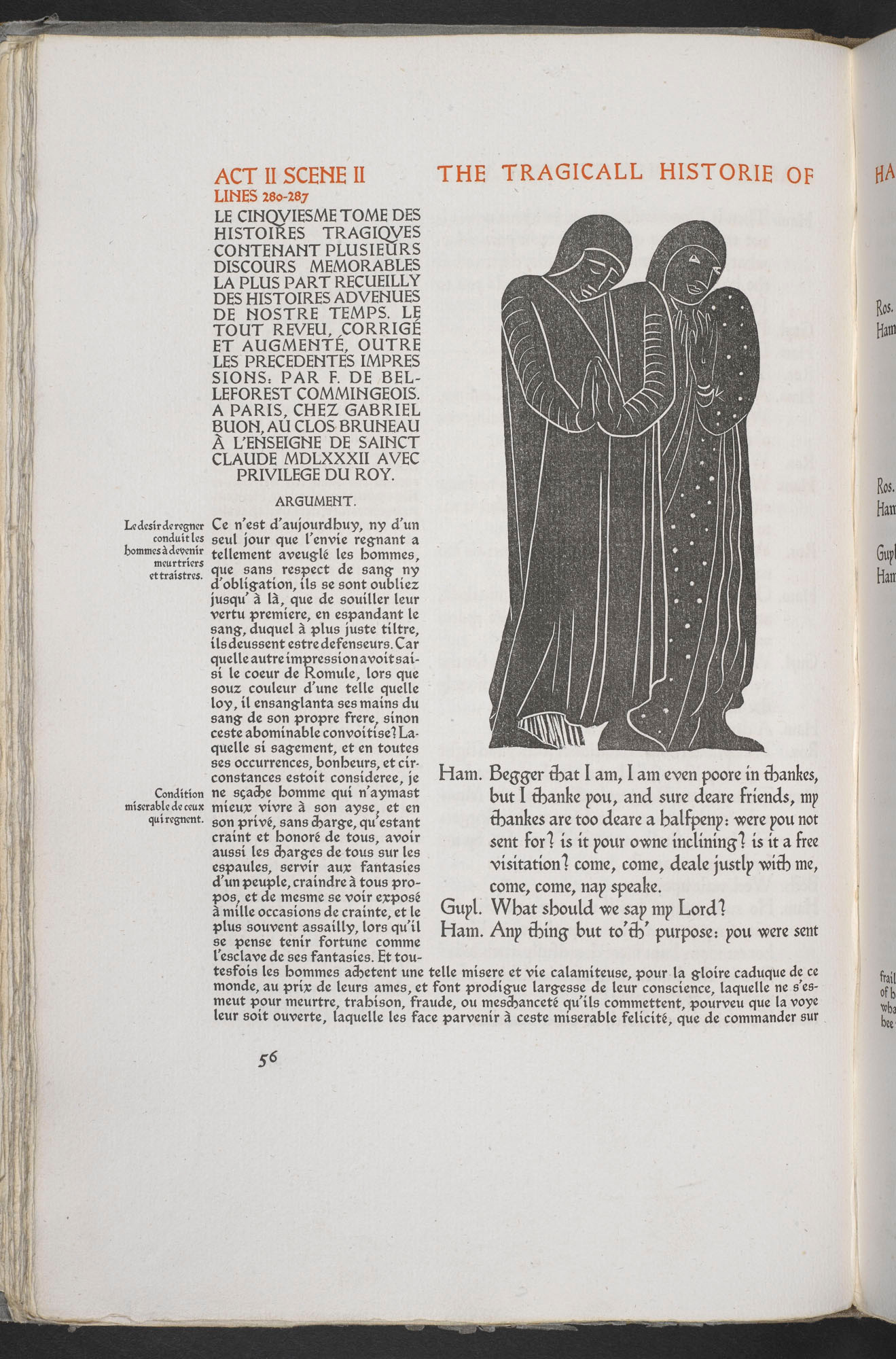
Die Tragische Geschichte Von HAMLET Prinzen Von Denmark
$465.00 USD • Used
Considered as one of the most beautiful 20th century books: Shakespeare, William Die Tragische Geschichte Von Hamlet Prinzen Von Denmark New York: Benjamin Blom, 1972 (identical with the one by Ed...
Store: HonoluluRareBooks [View Items]
Considered as one of the most beautiful 20th century books: Shakespeare, William Die Tragische Geschichte Von Hamlet Prinzen Von Denmark New York: Benjamin Blom, 1972 (identical with the one by Edition Leipzig, 1967), 14.5 x 9 3/4 inches. A finely produced facsimile edition of the first German edition of the "Cranach Press Hamlet" originally printed in 1929 (only 250 copies). Printed in red and black on handmade Kessler/Maillol paper. Illustrated by Edward Gordon Craig's woodcuts. Translation by Gerhard Hauptmann. Accompanied by excerpts of texts taken from the stories of Saxo Grammaticus (in German) and Francois de Belleforest (in French) and the Hystorie of Hamblet. Half Vellum. Top edge gilt. Near Fine. Pages flawless and apparently unread. Folder in back contains an essay by Cranach Presse expert Renate Muller-Krumbach in English. Slipcase very good and solid. Ships from Hawaii (with free Priority Mail upgrade within US). ---- --- This Cranach edition of HAMLET, illustrated by Edward Gordon Craig, is often regarded as the most bold and ambitious example of 20th-century book art. Elegantly put together, with obsessive attention to detail, it uses hand-made paper and decorated binding, fine images and beautiful typefaces to enhance the dramatic effect of Shakespeares play. At the center of each page is the text of Hamlet, from the second quarto edition (160405), interspersed with 80 striking woodcuts designed and carved by Edward Gordon Craig. In the margins are extracts from two of Shakespeares probable sources: A Latin Hamlet story by Saxo Grammaticus (starting on p. 4) An English translation of the Latin by Oliver Elton, 1894 (p. 5) A French Hamlet story by Belleforest , 1582 (p. 56) An anonymous English version of Belleforests tale, The Hystorie of Hamblet, 1608 (p. 63) A booklet of explanatory notes by John Dover Wilson, inserted in a pocket at the back The meticulous design process was overseen by Count Harry Kressler (18681937), director of the famous Cranach-Presse in interwar Weimar Germany. As well as Gordon Craigs woodcuts, Kressler used a typeface designed by Edward Johnston and a title page cut by Eric Gill. The book was first printed in German in 1929 and in English in 1930. printed with hand-presses on specially-made paper. Edward Gordon Craig had extensive experience working on Hamlet, as an actor, theorist, set designer and artist. He was born into a theatrical and creative family the son of the renowned Shakespearean actor Ellen Terry and the architect Edward William Godwin. From childhood Craig worked as an actor, playing Hamlet in 1894. He then branched into directing and radical theater design, producing a powerful, minimalist set for the Moscow Art Theatres Hamlet in 191112. The small wooden figures used to model these sets became the inspiration for the woodcuts in this edition. The French and Latin sources. The outline of the Hamlet tale first appears in the old, Norse folk-tale of Amleth. This Scandinavian legend was recorded in Latin around 1200 by the Danish historian Saxo Grammaticus and first printed in Paris in 1514. It is likely that Shakespeare encountered the Amleth legend via an expanded French version, written by Franois de Belleforest (15301583) in his popular Histoires Tragiques (series 3, part 5). This is double the length of Saxos version, placing the savage Danish legend within a moral Christian framework. Belleforest strains to justify Amleths violence as a form of divine justice against his wicked uncle Fengo. The French writer also develops the role of the beautiful young lady employed to entrap Amleth. She becomes, not just a seducer but a woman more like Ophelia, in her selfless love of Amleth. Significantly also, Belleforest perhaps provides the inspiration for Shakespeares ghost through his description of the shade (or in French, ombre) of Amleths father.
Product Info
Publisher: Benjamin Blom
Year: 1967
Type: Used
Binding: Hardcover
Seller Info
HonoluluRareBooks
Address: 2998 Pacific Heights Road Honolulu, Hawaii
Website: https://www.rarebookshonolulu.com
Country: United States
